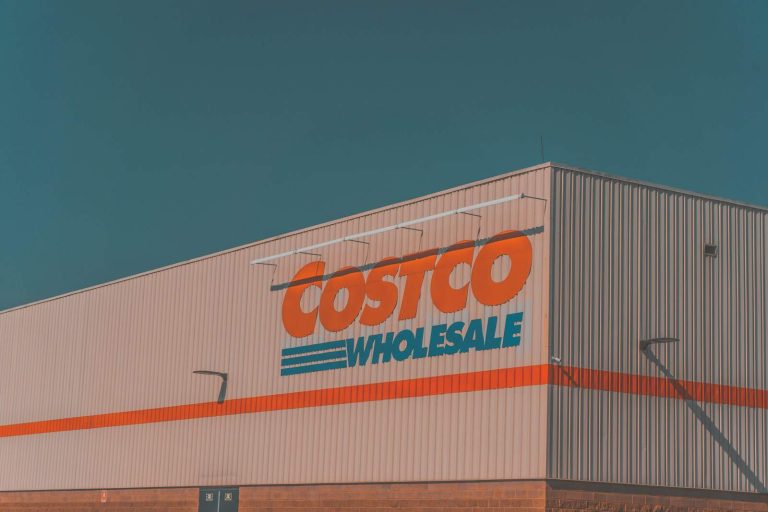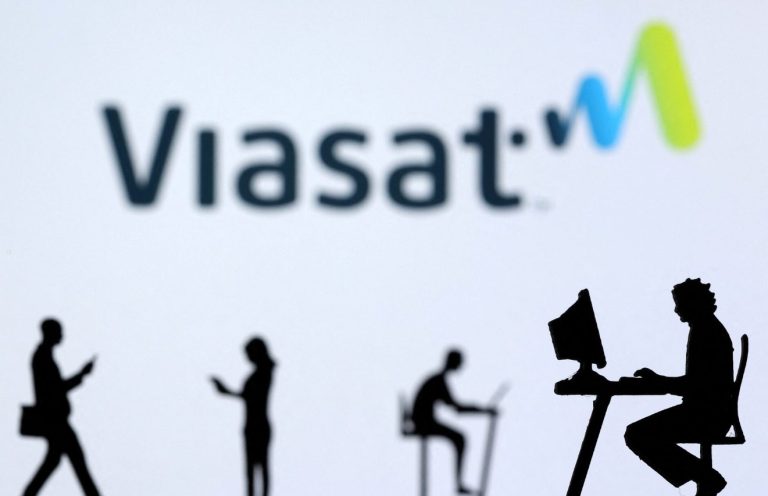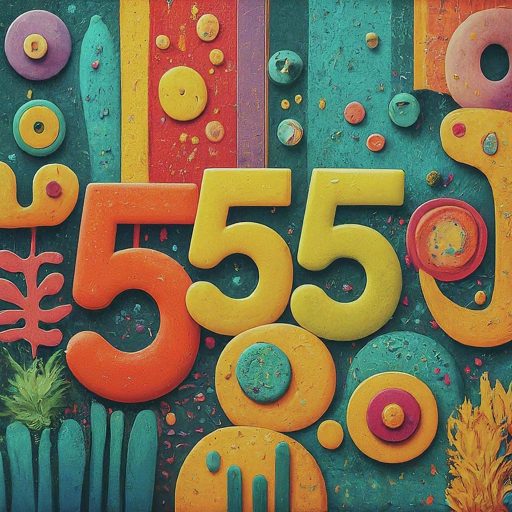The five-digit ZIP code system (Zone Improvement Plan) was implemented in 1963 by the United States Postal Service (USPS) to streamline mail sorting and delivery across the vast American landscape. The design of these codes is surprisingly systematic:
-
National Areas: The first digit of a ZIP code designates one of ten broad geographic areas, stretching from the East Coast (0) to the West Coast (9).
-
Sectional Centers: The second and third digits further narrow down the location, pointing to a specific sectional center facility – a major mail processing hub.
-
Post Offices: The final two digits identify the specific post office or delivery area associated with the code.
Contents
How Many ZIP Codes Are There?
Currently, there are over 42,000 ZIP codes in the United States. However, this number isn’t static. The USPS regularly adds, removes, or changes ZIP codes to accommodate population shifts, new developments, and adjustments in mail delivery routes.
Beyond the Basics: The ZIP+4 System
While the five-digit code is the most recognizable, the USPS expanded the system in 1983 with the introduction of ZIP+4. These additional four digits provide even more specific delivery information, often pinpointing an individual building, a group of apartments, or a specific floor within a structure.
Every ZIP Code in the US: A Complex Tapestry
Each ZIP code in the US tells a story – a tale of geography, demographics, and sometimes even history. For example:
- 02108: Boston, Massachusetts – Home to Beacon Hill, one of the oldest and most prestigious neighborhoods in the city.
- 90210: Beverly Hills, California – Synonymous with luxury, glamour, and the entertainment industry.
- 60601: Chicago, Illinois – Encompasses the bustling Loop, the city’s central business district.
- 75201: Dallas, Texas – Includes the vibrant Deep Ellum neighborhood, known for its arts and music scene.
- 94105: San Francisco, California – Covers Union Square, a major shopping and tourist destination.
The Role of ZIP Codes in Modern Life
ZIP codes have become far more than just a tool for mail delivery. They are used for:
- Demographic Analysis: Marketers and researchers use ZIP codes to segment populations, understand consumer behavior, and tailor products and services.
- Insurance Rates: Insurance companies may use ZIP codes to assess risk and calculate premiums, particularly for auto and property insurance.
- Business Planning: Retailers and service providers analyze ZIP code data to determine the best locations for new stores or branches.
- Emergency Services: 911 dispatchers use ZIP codes to quickly determine the location of callers and direct emergency responders.
Read More: Zip Code 85002: The Heart of Phoenix, Arizona
The Future of ZIP Codes
As technology evolves, so too will the ZIP code system. While the five-digit code will likely remain the standard for the foreseeable future, advancements in GPS and mapping technology could lead to more precise and dynamic location-based identifiers.
Conclusion
From the bustling streets of New York City (10001) to the serene landscapes of rural Alaska (99950), every ZIP code in the US has a unique identity. These codes are more than just a series of numbers; they are a vital part of our infrastructure, shaping how we communicate, conduct business, and understand our communities.







